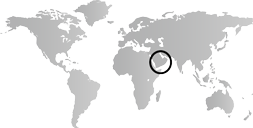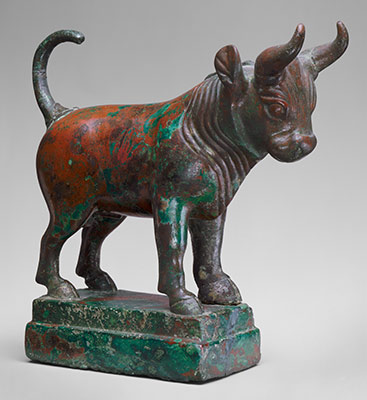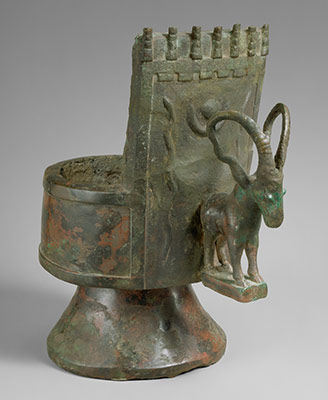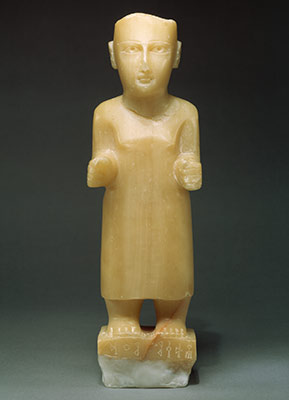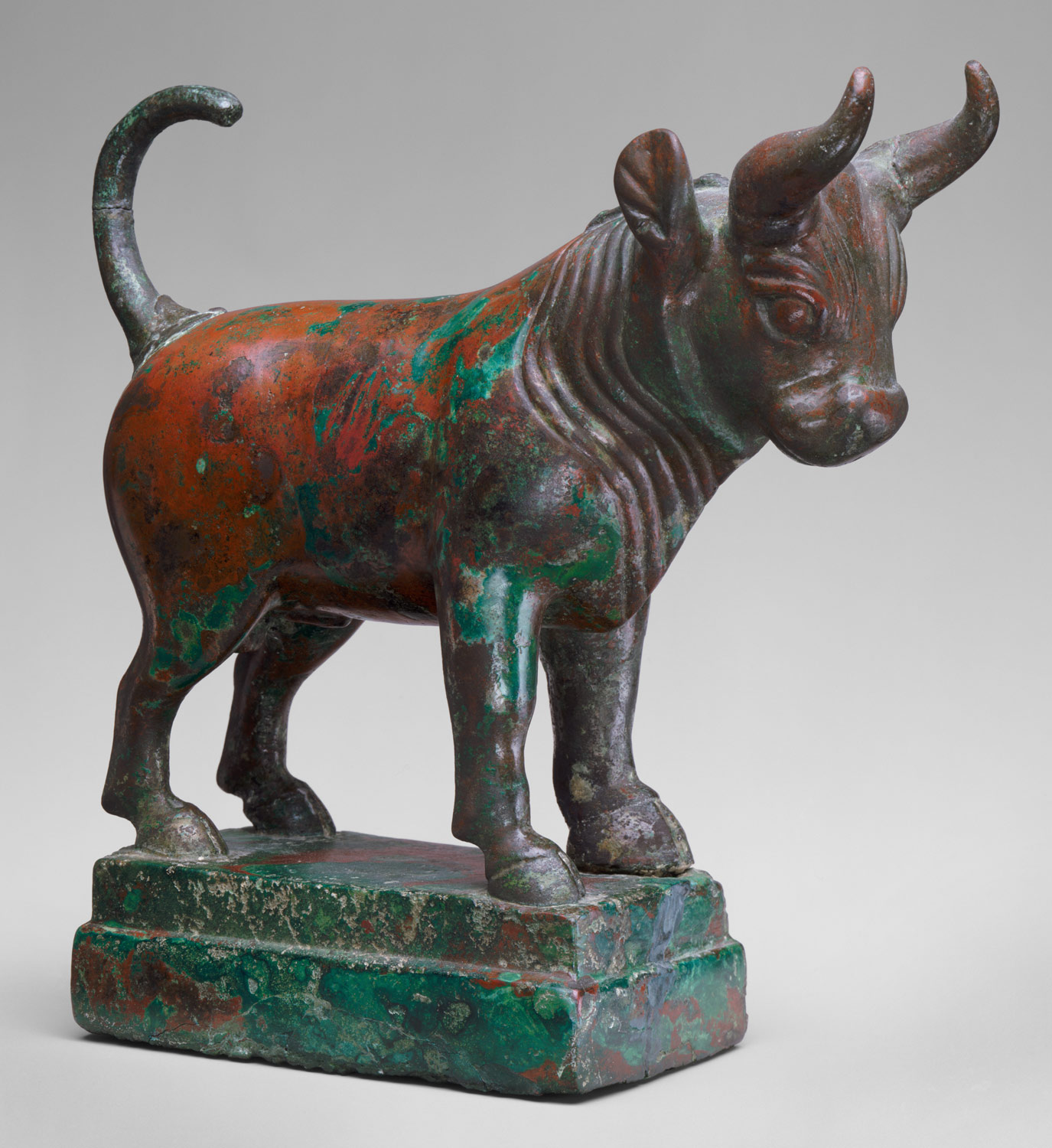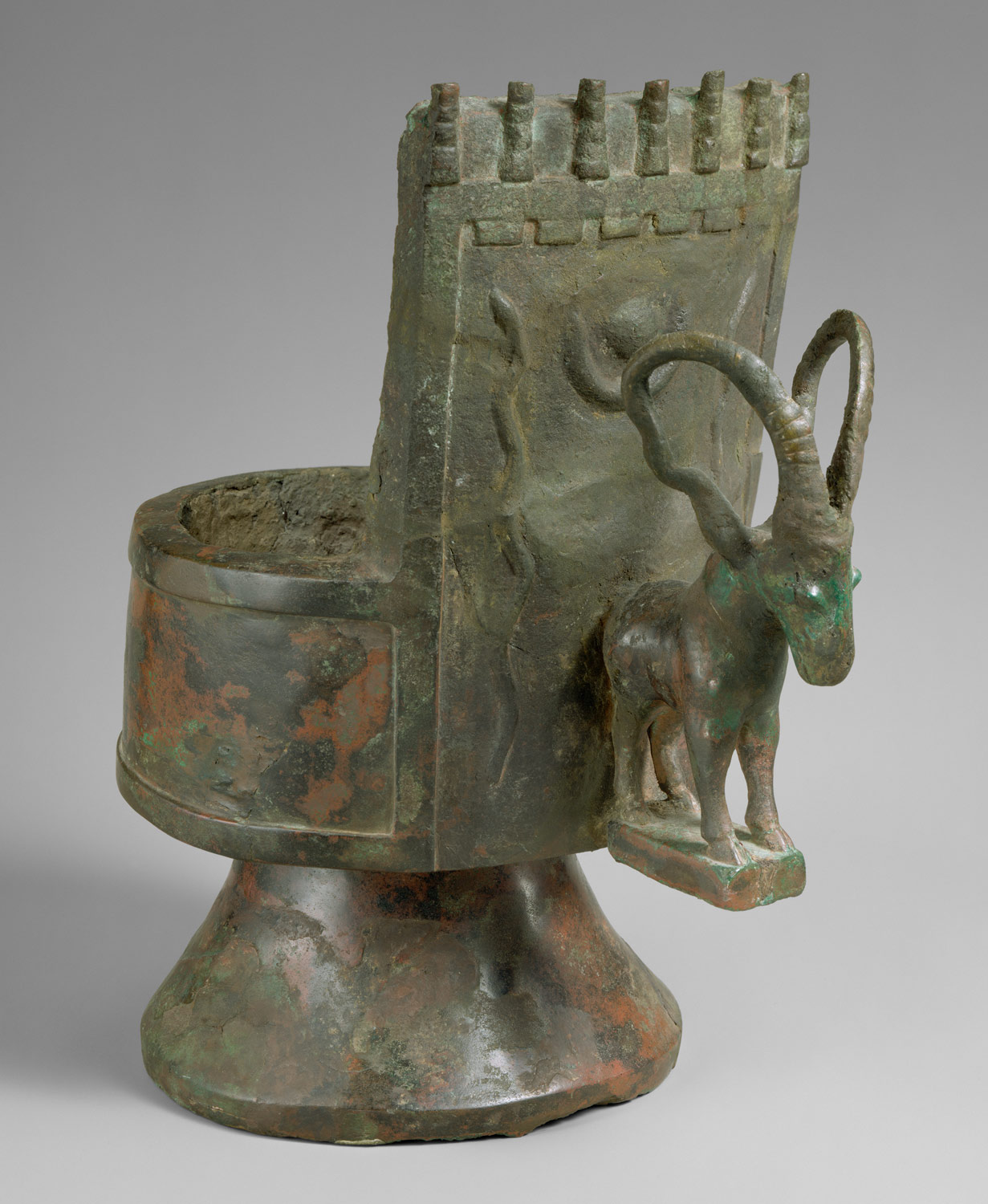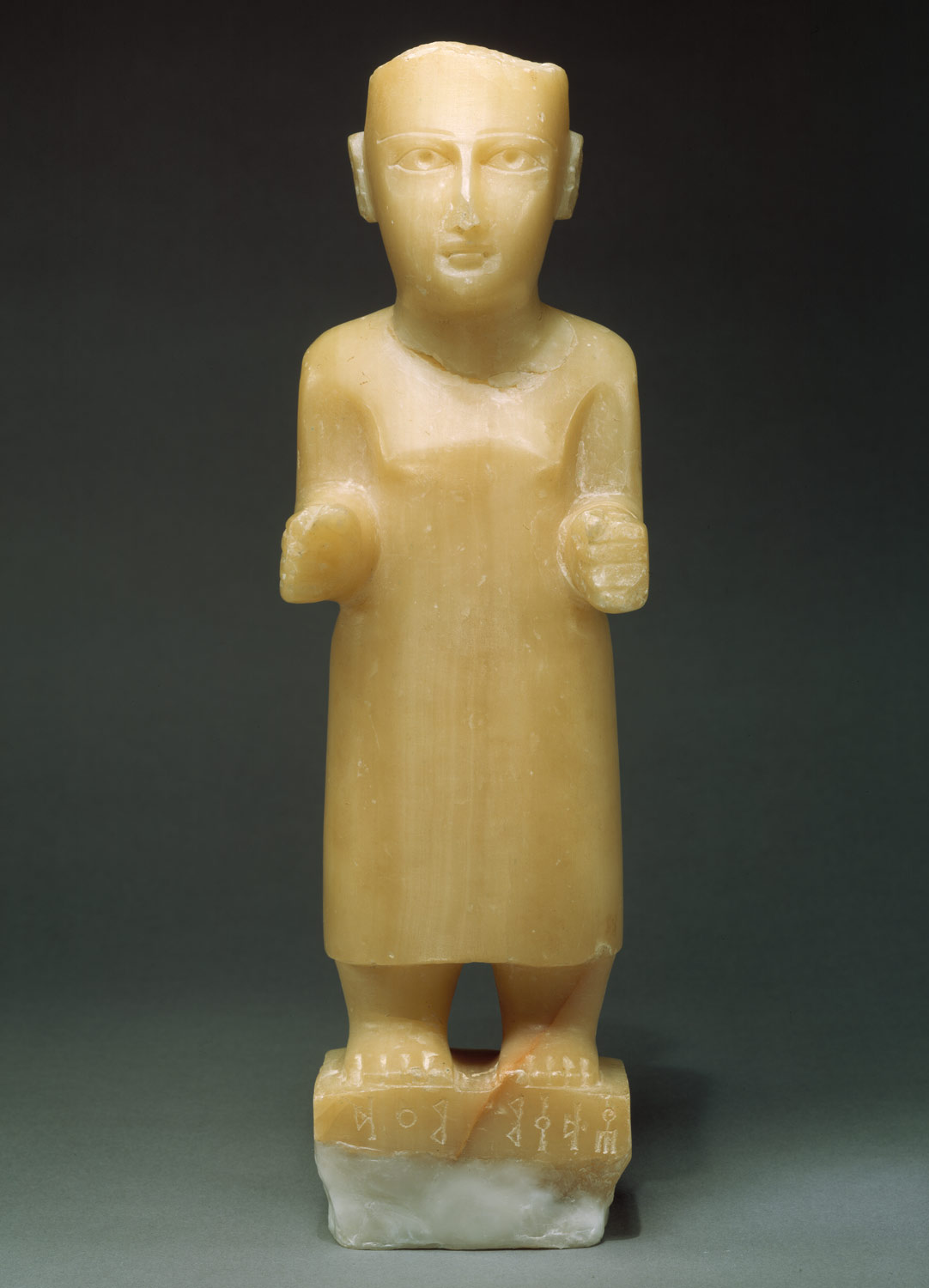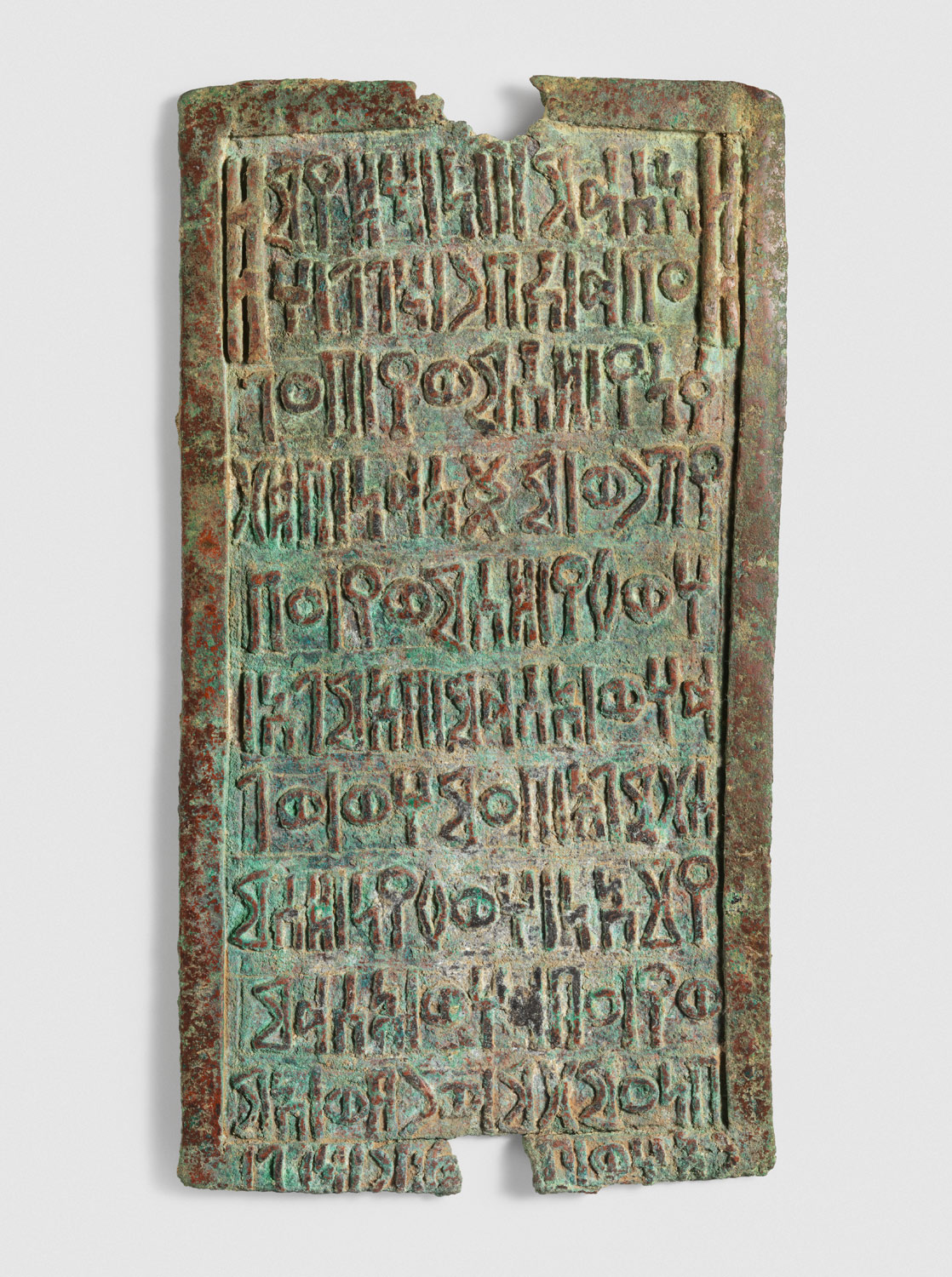Kingdoms emerge in southern Arabia based on the monopoly of two of the most prized materials of ancient times: frankincense and myrrh. These two resins only grow in eastern Yemen and southern Oman and in some parts of Somalia. There is not a temple or wealthy home in the Mediterranean and Near East that does not require these precious resins and is prepared to pay for their weight in gold.
Arabian Peninsula, 1000 B.C.–1 A.D.
Timeline
1000 B.C.
750 B.C.
750 B.C.
500 B.C.
500 B.C.
250 B.C.
250 B.C.
1 A.D.
Overview
Key Events
-
1000–450 B.C.
Small kingdoms or city-states emerge in South Arabia by about 1000 B.C. One of the oldest is Saba based at the cities of Ma’rib and San’a. The great stone-faced Ma’rib Dam is constructed from the sixth century B.C., allowing extensive areas of desert to be irrigated.
-
853–539 B.C.
Camel-riding Arabs attack caravans crossing North Arabia and Sinai. Alliances are formed with the rulers of the Assyrian and Neo-Babylonian empires. King Nabonidus of Babylonia establishes a base at the oasis of Tayma’ on the caravan routes and campaigns against other rich oases or negotiates alliances with the Arabs.
-
ca. 450 B.C.
Saba rules over most of the coastal states. Other kingdoms, such as Qataban and Ma’in, grow to rival Saba’s power. Sculpture and metalwork is characterized by a distinctive “block” style.
-
ca. 325–324 B.C.
During his conquest of the Achaemenid Persian empire, Alexander of Macedon has the Arabian side of the Gulf explored. Bahrain probably has a mint producing Alexander-type tetradrachms. There is evidence of Hellenistic influence in Bahrain, eastern Arabia, and Failaka, where a small Greek-style temple is built.
-
late 1st millenium B.C.
Images of humans, fashioned in an abstract “block” style from alabaster, are intended as funerary or votive objects to be placed in a tomb or temple. The placement of the ears high on the head, the aquiline nose, the small mouth, and the fully frontal pose are all characteristic of human images made in this region. Animals are also finely modeled in stone and metalwork.
-
ca. 25 B.C.
Aelius Gallus, Roman governor of Egypt, leads an army into southern Arabia but soon retreats to the port city of Mada‘in Saleh, frustrated by the shortage of water.
Citation
“Arabian Peninsula, 1000 B.C.–1 A.D.” In Heilbrunn Timeline of Art History. New York: The Metropolitan Museum of Art, 2000–. http://www.metmuseum.org/toah/ht/?period=04®ion=wap (October 2000)
Related
Map
